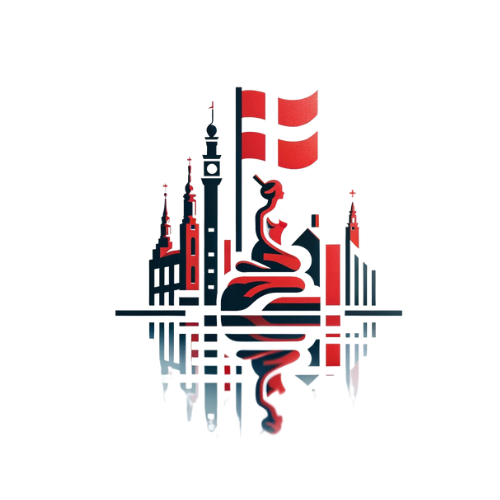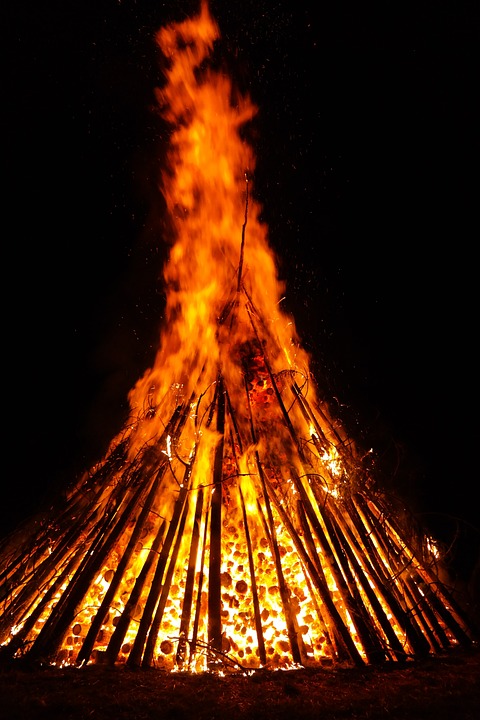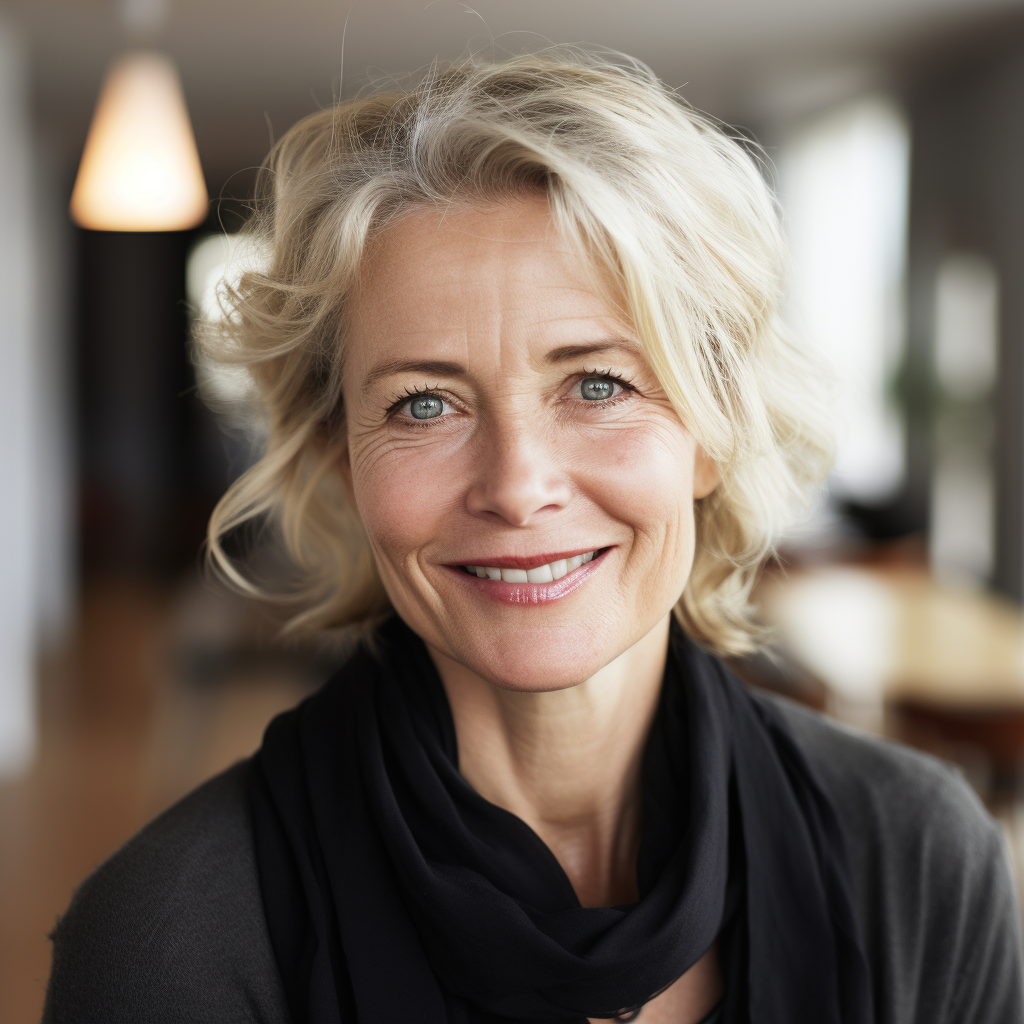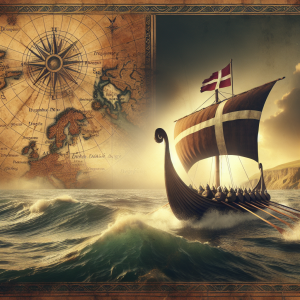The Rich Tradition of Midsummer in Denmark
As a proud Dane, I have always been fascinated by our country’s unique traditions and rich cultural heritage. One of the most beloved and eagerly anticipated celebrations in Denmark is Midsummer, known as Sankt Hans Aften. This ancient festival holds a special place in the hearts of Danes and is deeply rooted in our history and folklore.
The Historical Roots of Midsummer
Midsummer has been celebrated in Denmark for centuries, with its origins dating back to pre-Christian times. The festival is held on the evening of June 23rd, marking the summer solstice, the longest day of the year. In ancient times, Midsummer was a pagan festival that honored the power of the sun and the arrival of the summer season. It was a time for communities to come together, celebrate the abundance of nature, and seek protection from evil spirits.
The Iconic Midsummer Bonfire
The centerpiece of the Midsummer celebration in Denmark is the iconic bonfire, which is lit at dusk on the eve of June 23rd. Traditionally, the bonfire is accompanied by singing and dancing, as well as the consumption of traditional Danish foods and drinks. The bonfire holds a symbolic significance, as it is believed to ward off evil spirits and bring good luck for the coming year. This tradition has been upheld for centuries and remains a beloved part of the Midsummer festivities.
Flower Crowns and Maypole Dancing
Another charming aspect of the Midsummer celebration is the tradition of making and wearing flower crowns. Young women and girls often gather wildflowers to create beautiful crowns, which they wear as they dance and sing around the bonfire. This tradition symbolizes the beauty of nature and the joy of the summer season. Additionally, the Maypole dance is a beloved tradition in many Danish communities, where people join hands and dance around a tall, decorated pole. This joyful and lively dance is a symbol of community unity and the spirit of Midsummer.
The Modern Celebration of Midsummer
While Midsummer has deep historical roots, it continues to be celebrated with great enthusiasm in modern-day Denmark. The festival has evolved to incorporate a mix of old and new traditions, appealing to people of all ages and backgrounds. As a Dane living in the 21st century, I have witnessed the enduring appeal of Midsummer and the ways in which it continues to unite communities and bring joy to people’s lives.
Community Gatherings and Festivities
In many Danish towns and villages, Midsummer is marked by lively community gatherings and festivals. These events often feature live music, traditional folk dancing, and a range of activities for families and children. The atmosphere is festive and convivial, with people coming together to celebrate the arrival of summer and the beauty of the natural world. The sense of community and togetherness is at the heart of these gatherings, and they provide a wonderful opportunity for people to connect and enjoy each other’s company.
Culinary Delights and Refreshing Drinks
Food plays a central role in the Midsummer celebrations, with traditional Danish dishes taking center stage. Smørrebrød, the famous open-faced sandwiches, are a popular choice, as well as delicious seafood, fresh vegetables, and an array of sweet treats. Cold beers and akvavit, a traditional Scandinavian spirit, flow freely, adding to the festive atmosphere. Sharing a meal with family and friends is an essential part of the Midsummer tradition, and the spirit of hospitality and generosity is alive and well during this time.
Connecting with Nature and Folklore
The spirit of Midsummer is closely tied to the natural world, and many Danes take the opportunity to spend time outdoors and connect with nature during the festival. Whether it’s a leisurely walk in the countryside, a visit to the beach, or simply enjoying the long, sunlit evenings, Midsummer is a time to appreciate the beauty of the Danish landscape. Additionally, folklore and traditional stories hold a special place during Midsummer, with many people retelling ancient tales and legends that have been passed down through generations.
In Conclusion
As a Dane, I feel a deep sense of pride and joy in celebrating Midsummer. This beloved festival encapsulates the rich tapestry of Danish culture, blending ancient traditions with contemporary customs. The spirit of togetherness, the beauty of nature, and the joy of community festivities make Midsummer a truly special time of the year. Whether it’s dancing around the bonfire, enjoying delicious food and drinks, or simply basking in the warmth of the sun, Midsummer holds a cherished place in the hearts of Danes across the country, and it continues to be a vibrant and meaningful celebration to this day.





